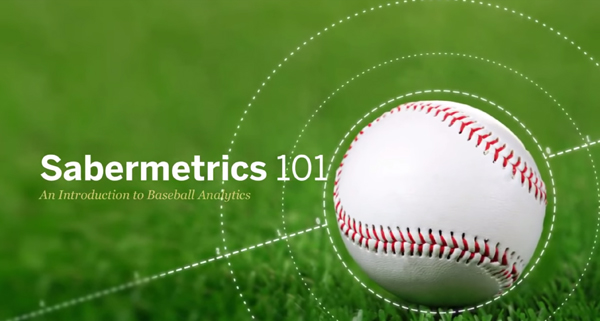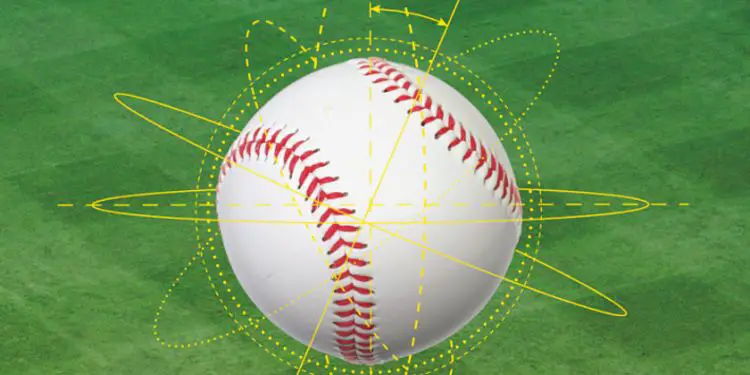A Deeper Look at wOBA, wRC+, and Much More

In such divided times, there is still one thing we can all agree on. Change is scary.
New things are sometimes unwelcome. Alterations to the way we choose to think or do things are sometimes tough, if not downright impossible, to adjust to. But regardless of how we feel, some change sticks, whether we like it or not, whether we want it or not. And in the game of baseball, that is no different.
Over the last several decades, baseball has undergone a series of transformative changes, changes that have left the game almost unrecognizable to what it was a half a century ago. Sure, most of those changes have come on the field, as shifts, bullpen usage, and home runs have dominated the game over the last few years. However, the biggest changes to the game of baseball have come off the field. Gone are the days of teams and fans inadequately evaluating baseball players based on a series of one-dimensional statistics. Sure, there are still plenty of flaws in player evaluation, but the systems now in place have given us, both fans and baseball front offices, as well as people like me who talk about and write about baseball on a daily basis, a better understanding of the game than ever before.
Although sabermetrics has been around since the 1970s, with Bill James leading that charge, we have reached a zenith of baseball knowledge and understanding. For those unclear on the definition, sabermetrics is a term coined by James, defined as an empirical analysis of baseball using baseball statistics that measure in-game activity. Using all sorts of mathematical calculations and modeling that I won’t get into too deeply in this space, James and many other pioneers since have completely changed the way we evaluate the game of baseball. For most close to the game, the days of using batting average and pitcher wins to evaluate players are gone. However, there is still a pretty apparent disconnect between those within the game, or at least those close to it, and the average fan.
While these sabermetrics, or advanced stats, as many have come to call them, have become commonly accepted within front offices and among baseball blogs/websites, the average fan is either completely ignorant of what these calculations are or how they work or completely agnostic/antagonistic to their existence. This creates an information deficit, as the average fan is no longer looking at the same things as organizations are when it comes to evaluating players. Sure, the likes of Fangraphs, Baseball Prospectus, the MLB Statcast team, as well as many other websites and outlets have brought sabermetrics more into the mainstream, but there is still a rather significant lack of buy-in from the common fan.
I have accepted my own label as someone who is on board the advanced metric train, or a computer nerd by those more antagonistic, but I want to use this platform that I have in order to promote a better understanding of advanced statistics. It is my hope that the average Padre fan, and really the average baseball fan, cannot only better understand how these statistics are calculated and what they are calculating, but more importantly, why these statistics give us such a better understanding of baseball than the traditional metrics do. Given how much we now know, and the tools at our disposal, it is unacceptable to close our eyes, shut our ears, and continue to do things the old-fashioned way simply because it is safe and easy. It’s beyond the time for us to challenge ourselves and work towards a better understanding of the game we all know and love.
Without further rambling from me, let’s get into our topic today. I originally intended this as just a one-off sort of piece, but this may end up being a multiple part series as the offseason progresses. However, for now, it will be one piece in which I attempt to better explain a few offensive statistics in order to promote a better understanding of advanced metrics and their place in Major League Baseball in 2017.
PAGE 2 LINK BELOW
Editorial and Prospect Writer for East Village Times. Twenty-five years young, Patrick has lived in San Diego for his entire life and has been a Padres fan nearly as long. Patrick lives for baseball and is always looking to learn new things about the game he loves through advanced stats.
